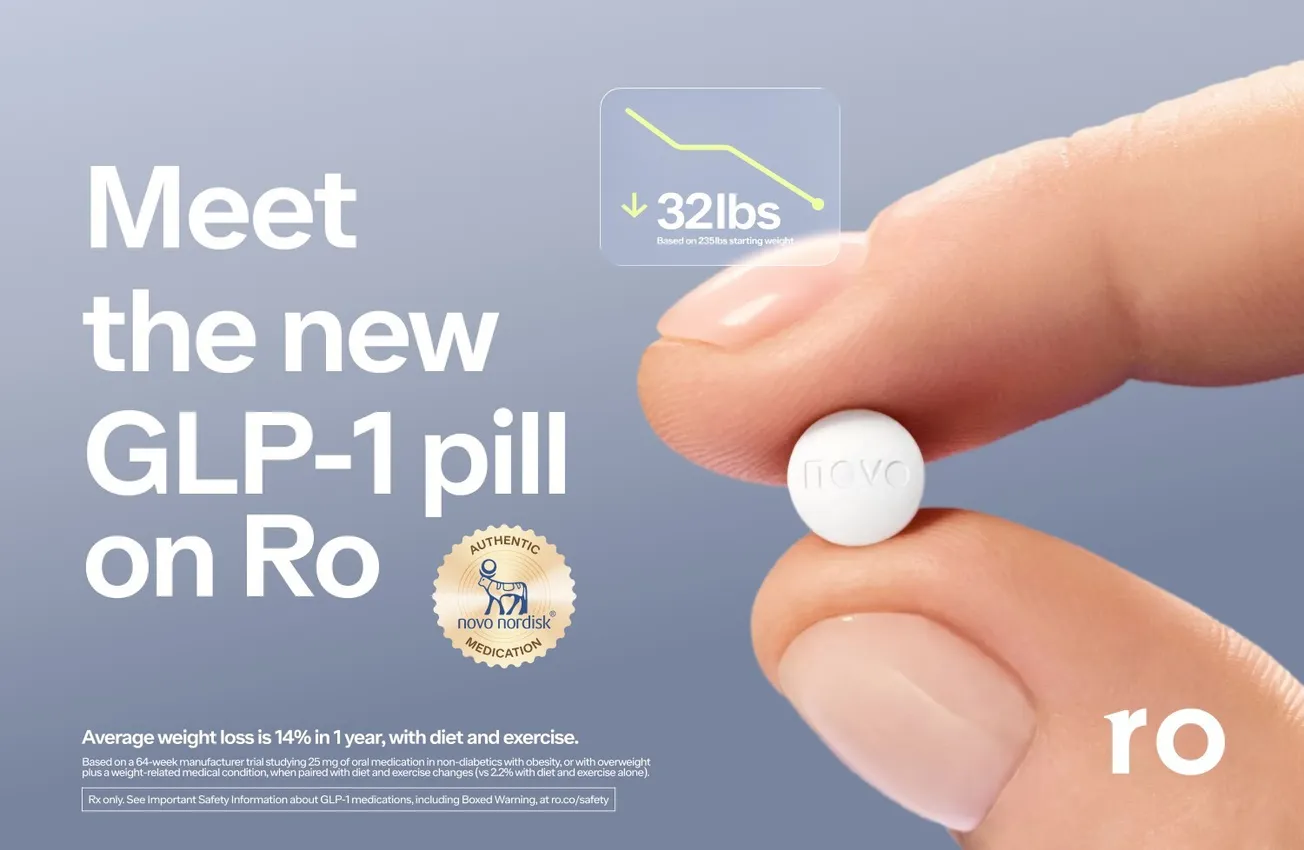NEW YORK – Health-conscious consumers are reshaping industries worldwide, propelling the global health and wellness market to $7.32 trillion in 2025, with expectations to surpass the $10-trillion mark by 2030, according to new consumer spending statistics from research firm Electro IQ.
From beauty and anti-aging to natural foods and wellness tourism, consumers are increasingly prioritizing health, sustainability, and transparency in their purchasing decisions, with 82% of U.S. consumers prioritizing wellness, even during economic downturns. Millennials and Gen Z lead this charge, with 73% eating healthy to boost energy and 66% of Gen Z having tried a diet in the past year.
Key trends include:
- Wellness tourism reached $830 billion in 2024, with Europe leading in wellness trips and spa visits.
- Natural ingredients and sustainability drive purchasing, with 60% of consumers preferring natural-origin ingredients and 55% considering environmental impacts.
- Beauty and anti-aging are now the largest segment within wellness, projected to reach $1.328 trillion by 2025.
- The healthy eating, nutrition, and weight loss industry is valued at $1.239 trillion, while spending on natural health foods is increasing by 5.3% annually, projected to reach $38.5 billion by 2033.
- 67% of consumers say they are willing to pay more for foods with health claims.
- Digital platforms play a growing role, with 30% of consumers using them to research the health benefits of food.
The U.S. remains the largest market for beauty and personal care, outpacing China by $30 billion in revenue, while wellness tourism and the clean-label food movement continue to expand across Europe and the Asia-Pacific region.
Meanwhile, 45% of food and beverage companies have reformulated their products to reduce sugar, salt, and unhealthy fats, aligning with consumer demand.
As brands navigate these shifts, transparency, clean ingredients, and authentic wellness narratives are proving essential for growth. Consumers, particularly Millennials and Gen Z, are reshaping the marketplace with their insistence on health-first lifestyles and their willingness to spend on products and experiences that align with their wellness goals.
With the wellness economy now at the forefront of global spending patterns, brands across food, beauty, fitness, and technology sectors face a clear imperative: adapt to the health-conscious consumer or risk being left behind.









